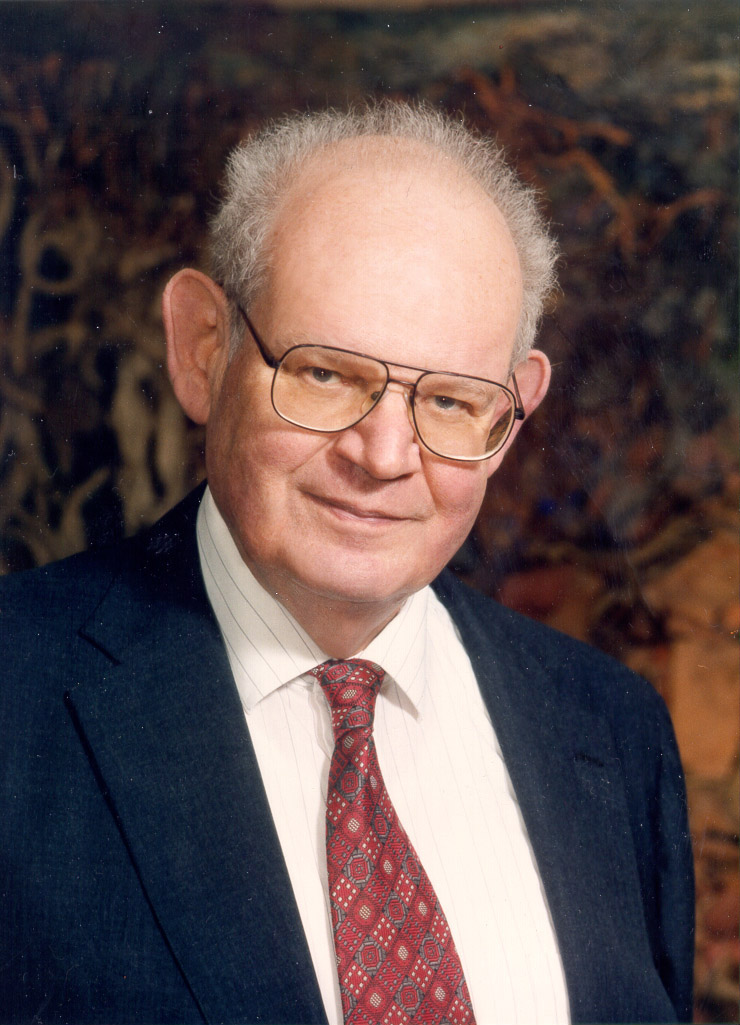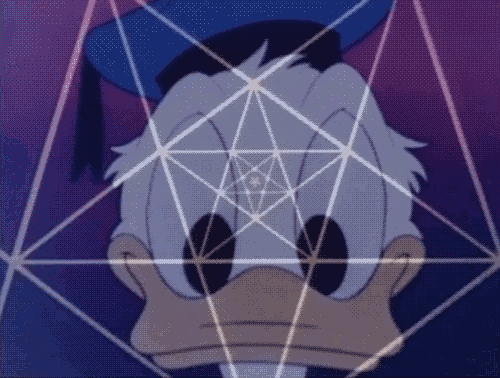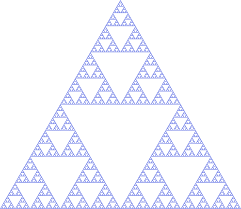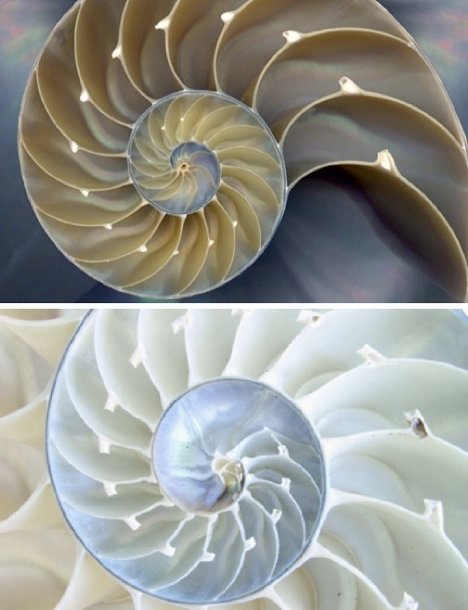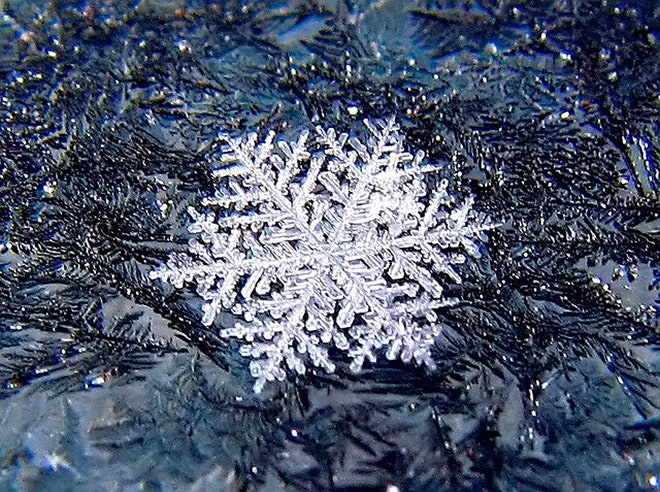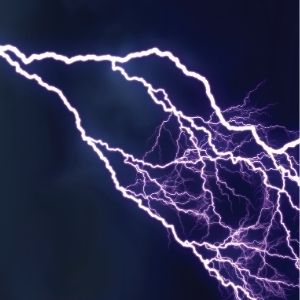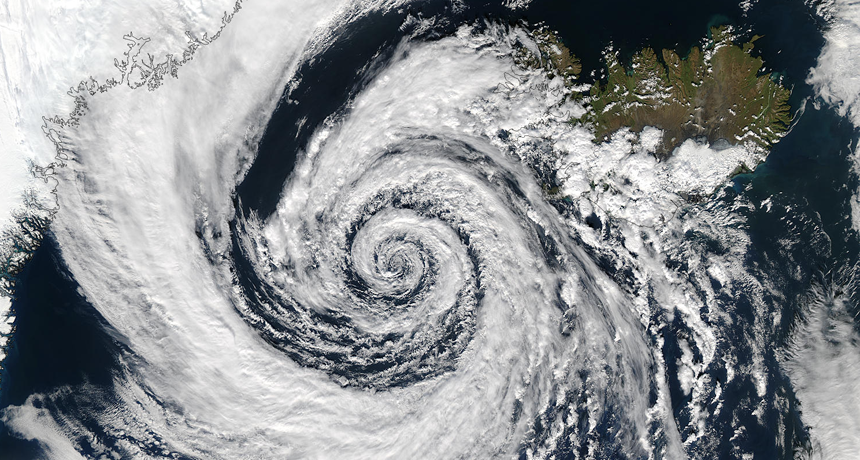Benoit Mandelbrot is a much more modern mathematician than the likes of Euclid or Newton. He just passed away in 2010, so his contributions to mathematics are considerably recent. Mandelbrot becomes significant in our study of mathematics in nature because he is responsible for introducing and explaining the concept of fractals. According to the Fractal Foundation, “a fractal is a never-ending pattern. Fractals are infinitely complex patterns that are self-similar across different scales. They are created by repeating a simple process over and over in an ongoing feedback loop” (Wolfe & Tyrrel). These exist all over nature; consider snowflakes as an example. Yet Mandelbrot was not only interested in these naturally occurring fractals; he also focused largely on the abstract application of fractals in mathematics. He is credited with developing the idea of the Mandelbrot Set, which is “a connected set of points in the complex plane” (O’Connor & Robertson, 1999) that can be found using recursive equations shown in the math section. Using this idea of fractals that he was developing, Mandelbrot worked to popularize the concept and teach how it applied in mathematics as well as in nature.
Remember that a fractal is a “never ending pattern that repeats itself at different scales” (Wolfe & Tyrrel). The recursive formula that creates the pattern of the structure we are observing remains consistent as you look closer. In nature, we can see this occurring in snowflakes, trees, mountain ranges, hurricanes, seashells, human blood, etc.
One simple example of a fractal is the Sierpinski Gasket. This fractal starts with a triangle, and then as you “zoom in” on the shape, or look at it on different levels, it is composed of smaller similar triangles. Isolating individual parts of this shape to look at would reveal the same repeating pattern of similar triangles infinitely. (Stamps, 2002). These seemingly perfect fractals are not random and do not appear naturally, but they can be useful to help understand the concept of fractals in order to study those that do appear naturally. We can revisit an earlier example to see these perfect fractals: the Mandelbrot Set. It can be defined by the following recursive equations:
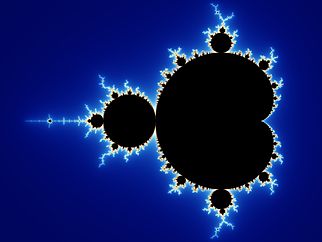
\[z_1=z_0^2+z_0\]
\[z_2=z_1^2+z_0\]
\[z_3=z_2^2+z_1\]
Where z
0 is in the Mandelbrot set if this sequence converges at the origin forever, according to O’Connor and Robertson. Mandelbrot and others studied another kind of fractal that is random. Mandelbrot–Weierstrass (MW) fractals use sine and cosine waves to randomly generate fractals that have the same variance at different levels (Stamps, 2002). These kinds of fractals move away from the neat triangles of the Sierpinski Gasket and begin to resemble the outlines of mountain ranges, often used in the digital creations of mountain images.
One of the main ways that fractals appear in nature is through branching patterns. For example, looking at a tree shows a pattern of large branches sprouting from the main trunk. Upon magnification, the smaller branches follow the same branching pattern, and it continues as you magnify the image of the tree more and more (Spehar, et al., 2003). This same branching pattern can be seen in the appearance of mountain ranges from an aerial view, the leaves of ferns, and the pattern of blood veins and arteries in the human body. All follow the concept of fractals.
Additionally, fractals can be found in spiral patterns such as hurricanes and seashells. The spiral continues to twist at the same rate on smaller levels of the object or event. This rate is determined by “r = eτΘ, where r is the radius and Θ is the angle”, and τ is time (Wolfe & Tyrrel). The Fractal Foundation shares examples of these spirals including galaxies, hurricanes, cacti, pinecones, and the nautilus shell. This shell adds new sections as it grows. Each section is larger than the last and they are added in a spiral pattern. Thus, the spiral is formed little by little (Wolfe & Tyrrel).
 \[z_1=z_0^2+z_0\]
\[z_2=z_1^2+z_0\]
\[z_3=z_2^2+z_1\]
Where z0 is in the Mandelbrot set if this sequence converges at the origin forever, according to O’Connor and Robertson. Mandelbrot and others studied another kind of fractal that is random. Mandelbrot–Weierstrass (MW) fractals use sine and cosine waves to randomly generate fractals that have the same variance at different levels (Stamps, 2002). These kinds of fractals move away from the neat triangles of the Sierpinski Gasket and begin to resemble the outlines of mountain ranges, often used in the digital creations of mountain images.
\[z_1=z_0^2+z_0\]
\[z_2=z_1^2+z_0\]
\[z_3=z_2^2+z_1\]
Where z0 is in the Mandelbrot set if this sequence converges at the origin forever, according to O’Connor and Robertson. Mandelbrot and others studied another kind of fractal that is random. Mandelbrot–Weierstrass (MW) fractals use sine and cosine waves to randomly generate fractals that have the same variance at different levels (Stamps, 2002). These kinds of fractals move away from the neat triangles of the Sierpinski Gasket and begin to resemble the outlines of mountain ranges, often used in the digital creations of mountain images.

